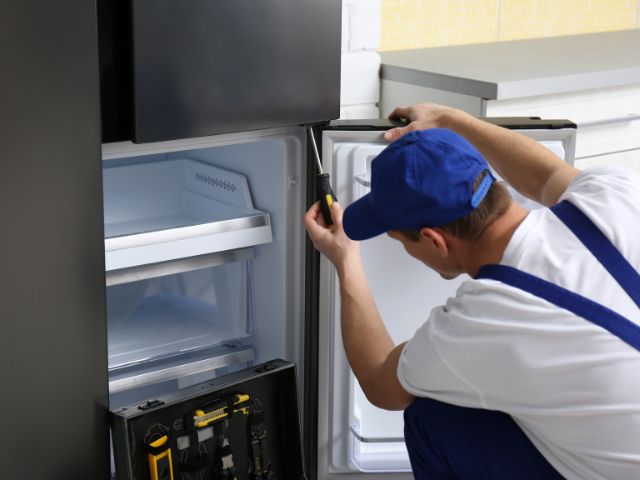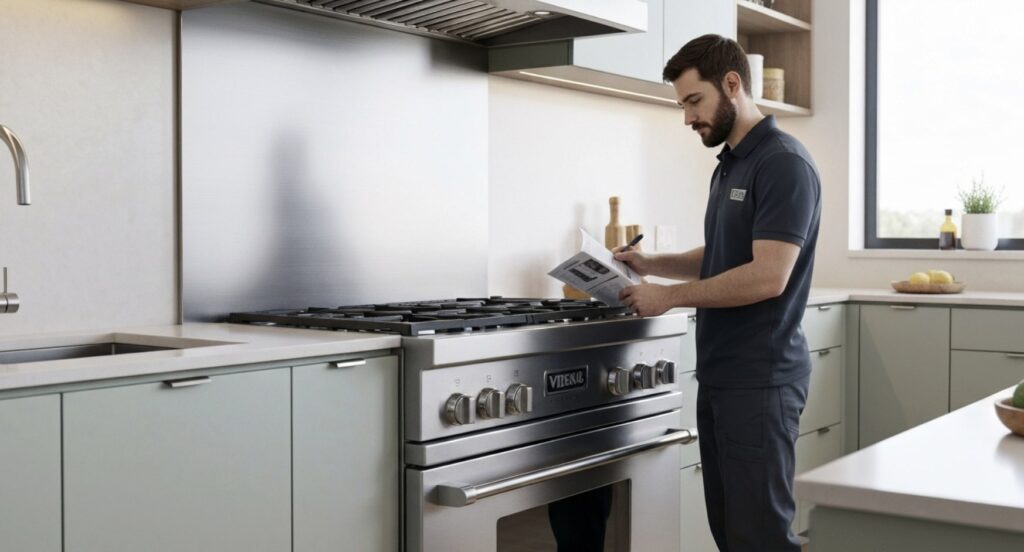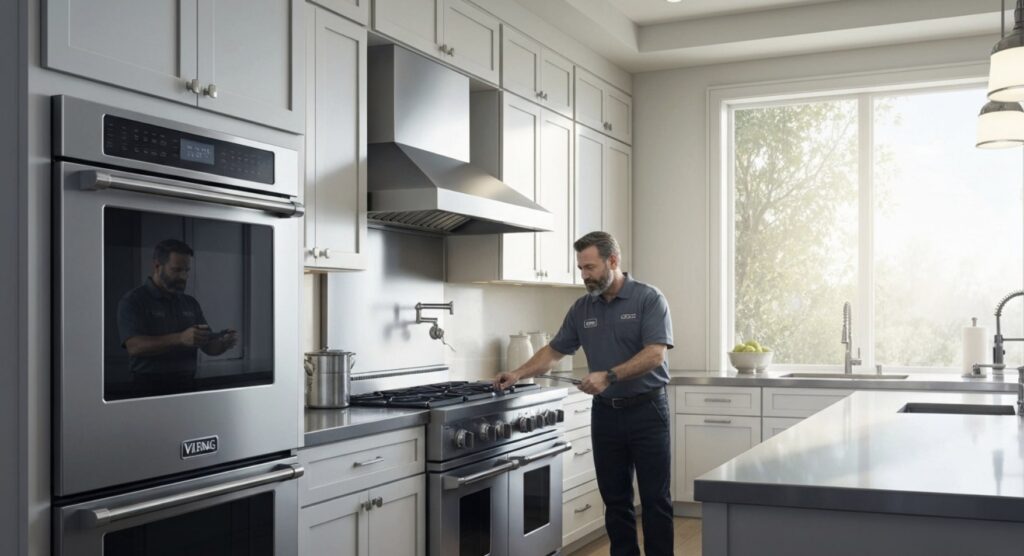If you’re experiencing trouble with your Viking stove, specifically with the igniter failing to spark, you’re not alone. Many homeowners face this issue, but the good news is that it’s something you can fix yourself. A Viking Stove Igniter Replacement might seem like a daunting task, but with the right tools and knowledge, you can handle it with ease. This guide walks you through a detailed, step-by-step process to help you get your Viking stove back in working order.
Before we dive into the steps, let’s look at some common causes of igniter failure. Understanding these will help you determine if a replacement is indeed necessary and whether any additional preventative measures are required.
Common Causes of Viking Stove Igniter Problems
Before replacing your igniter, it’s important to understand what causes these issues. Here are some typical culprits:
- Wear and Tear: Over time, igniters can wear out naturally due to repeated use. If your stove is older, this may be the issue.
- Grease or Food Debris: Stove igniters often fail because of buildup from grease or food particles, which can block the electric spark.
- Electrical Connection Issues: A loose or faulty wire connection can prevent the igniter from sparking properly.
- Moisture: Exposure to moisture can lead to corrosion or short-circuiting of the igniter, causing it to malfunction.
If any of these issues sound familiar, replacing the igniter is likely the best solution. Now, let’s move on to the practical steps for the replacement.
How to Replace a Viking Stove Igniter
Follow these simple steps for a successful Viking Stove Igniter Replacement:
Step 1: Gather the Necessary Tools
Before you start, gather the following tools to make the process smoother:
- A new Viking stove igniter (compatible with your stove model)
- A screwdriver (usually Phillips or flat-head)
- A nut driver
- Pliers
- Wire stripper (optional)
- A multimeter (optional, for testing electrical connections)
Step 2: Safety First! Turn Off the Power
Safety is the most important step in any DIY repair. Make sure to turn off the gas supply to the stove and unplug the appliance. If your stove is hardwired, turn off the circuit breaker for your kitchen. This step ensures there’s no risk of electric shock or gas leaks during the repair.
Step 3: Access the Igniter
Locate the igniter, which is typically found beneath the burners or inside the oven compartment, depending on the Viking model.
- For stovetops: Remove the grates, burner caps, and any screws holding the burner base in place. Once removed, you should see the igniter attached near the burner.
- For ovens: Open the oven door, and remove the bottom panel (usually held by screws). The igniter is typically positioned near the burner tube.
Step 4: Remove the Old Igniter
Now that you’ve exposed the igniter, it’s time to remove it.
- Disconnect the wires: Using pliers, gently pull apart the wire connectors attaching the igniter to the stove. If they are hard to remove, you may need a wire stripper to make this easier.
- Unscrew the igniter: Using your screwdriver or nut driver, carefully remove the screws securing the igniter to its position.
Once the igniter is free, dispose of it properly.
Step 5: Install the New Igniter
Now that the old igniter is out, it’s time to install the new one.
- Attach the new igniter: Align the igniter with the mounting holes and secure it in place with screws.
- Reconnect the wires: Attach the wire connectors of the new igniter to the existing wiring. Make sure the connections are tight to ensure proper electrical flow.
Step 6: Test the Igniter
Before reassembling everything, it’s a good idea to test the igniter.
- Turn on the power: Plug the stove back in or switch on the circuit breaker.
- Test the igniter: Turn on the burner or oven, depending on where you replaced the igniter, to ensure it sparks and functions correctly.
If the igniter sparks as expected, congratulations! Your Viking Stove Igniter Replacement is successful.
Step 7: Reassemble Your Stove
Once you’ve confirmed the igniter works properly, turn off the power again and reassemble the stove. Replace the bottom oven panel or burner parts you removed earlier.
Step 8: Final Check
After reassembling, turn the power back on and give your stove one final test. Make sure all burners or the oven are working correctly before putting away your tools.
Final Insights
A failing stove igniter can be frustrating, but with the right approach, you can handle the replacement process yourself. This DIY guide provides a straightforward way to Viking Stove Igniter Replacement, ensuring your appliance operates smoothly once again. However, if you’re ever in doubt, or if the issue persists after replacing the igniter, don’t hesitate to call in the professionals.
At Viking Appliance Repair Pros, we’re always here to help with expert advice and services to ensure your appliances stay in top condition. So, don’t hesitate to contact us as our experts are just a call away!
FAQs
How often should I replace my Viking stove igniter?
On average, igniters can last several years but may need replacement more frequently if you use your stove heavily.
Can I clean the igniter instead of replacing it?
Yes, sometimes cleaning the igniter with a soft brush or cloth can resolve minor issues. However, if cleaning doesn’t help, replacement is necessary.
What if my igniter sparks but the burner doesn’t light?
This could indicate a gas flow issue, not the igniter. Check the gas supply or call a professional.
Can I use a generic igniter instead of a Viking-specific one?
It’s recommended to use a Viking-specific igniter for compatibility and performance reasons.
This comprehensive guide provides everything you need to successfully replace your Viking stove igniter. Follow each step carefully, and you’ll have your stove working in no time! For more DIY tips, check out our previous blog about How to Replace a Faulty Stove Control Knob with Ease.






